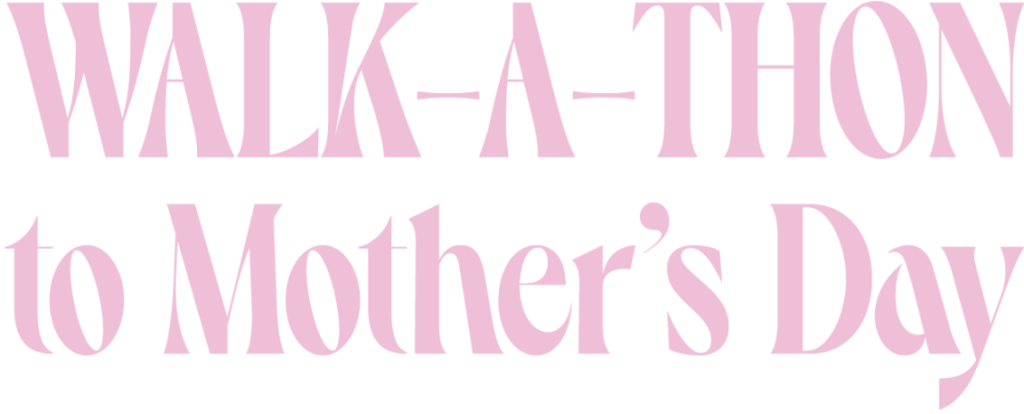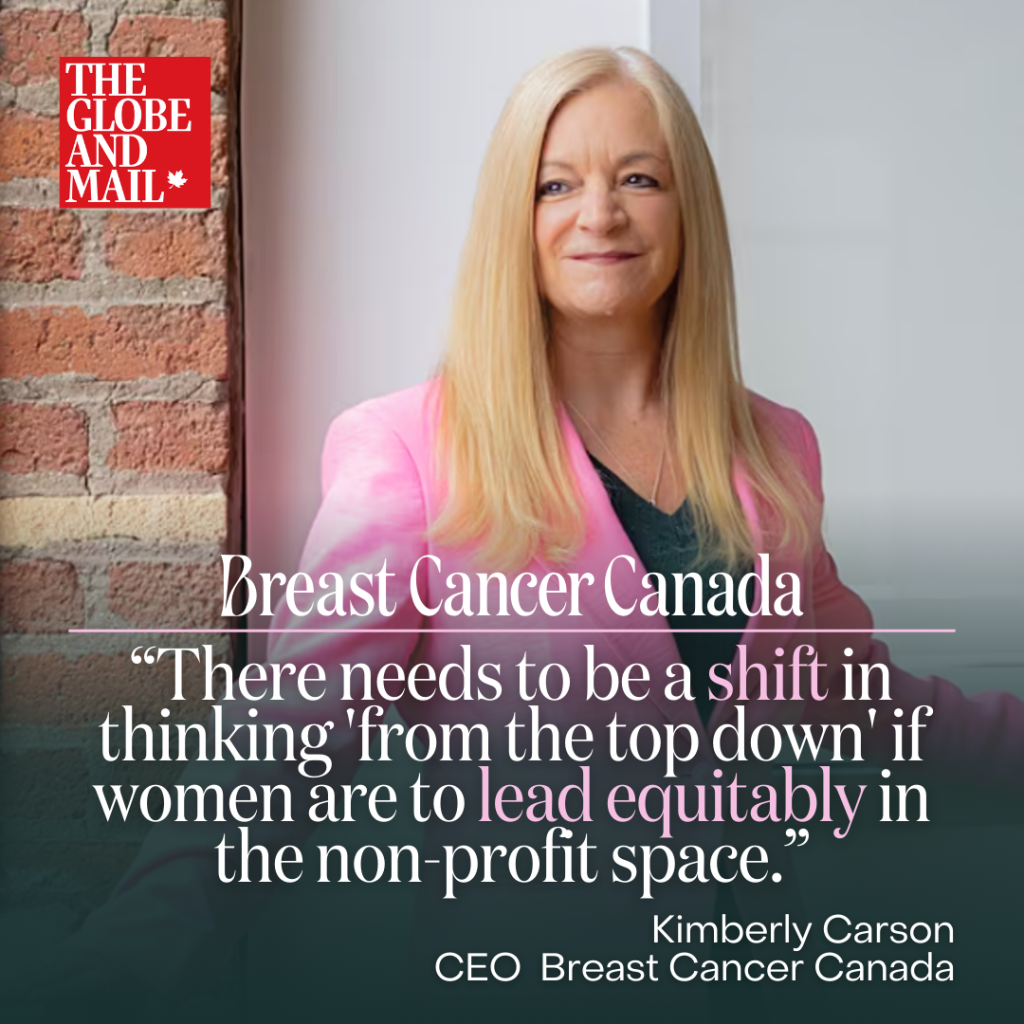Why are women still underrepresented in non-profit leadership?
Allison Dunfield | Posted: April 30, 2024

When Kimberly Carson took on the role of CEO of Breast Cancer Canada, she became part of a select club – the minority of charitable and non-profit organizations in Canada headed up by female CEOs.
Despite the fact that women make up 85 per cent of non-profit support staff in Canada, they hold only 70 per cent of senior executive positions. In the U.S., a 2019 study of large human service organizations (with budgets of $10-million or more) found only 35 per cent had female CEOs, although again, they made up the lion’s share of employees. And U.S. non-profit data organization Candid found that male leaders in the sector typically hold more power and resources than female leaders do, leading organizations with roughly twice as much revenue and getting paid 27 per cent more, on average.
Ms. Carson, who has been vocal about the leadership gender gap in the charitable sector (and wrote a master’s thesis on the topic), has spent her career working her way up through the ranks, starting as a co-ordinator in the events field. While she’s seeing more women reaching the executive and CEO level, she says the numbers still aren’t where they should be.
To create improvement in the sector, says Ms. Carson, there needs to be a shift in thinking from the top down.
“I think because of the structure of the charitable sector, we’re often worried about how many dollars are going to the administration, which means we don’t invest in our staff,” she says. “We need to get them education. We need to help them succeed so that there are more women leaders in the sector.”
Erin Bury, former co-chair and current member of non-profit Tech+Biz4SickKids, agrees that training for executive leadership must start in the early stages of a career to encourage women to pursue that path.
“The system meant to lift women up is not as strong as it is for men in the non-profit space,” she says.
Rethinking what a non-profit board looks like
In some cases, the makeup of the board of directors can also be an issue for moving women up the pipeline, because they make the decisions about who will be hired for leadership positions, says Ms. Carson. “Sometimes it is the board of directors that is the stumbling block.”
Studies have shown that boards with women on them tend to hire more women. A 2019 study of 340 larger U.S. non-profits found that organizations are most likely to have a female CEO if the board makeup is one-third to one-half women.
“I think we have become less accepting as a society of the white male elderly leadership in boardrooms and boards of directors,” says Ms. Bury, who is a board member at Save the Children Canada. Changing board makeup, though, requires progressive leaders who are willing to recruit members “who don’t look like board members who have historically been on non-profit boards of directors,” she adds. That means recruiting people who are women, racialized, LGBTQ+, living with disabilities and more.
She points to studies that have repeatedly shown that increasing diversity on boards boosts the bottom line. “Having diversity of thought and background in the upper echelons of your organization benefits your business, whether it is a for-profit or not-for-profit organization,” says Ms. Bury.
Fewer resources, more burnout
Ms. Carson notes that women may shy from these jobs in part because they can be demanding and all-consuming. “[Being] the CEO of a charity means you become the expert in all things. You are usually your own HR department, finance department, marketing department.”
More sleep or a vacation aren’t enough: The seven types of rest you need to avoid burnout
On Reddit message boards, women leaders say that although they spent their careers in non-profits because they were passionate about the causes, they became ground down after years working long hours for less pay than they would make in for-profit companies.
Said one: “At the beginning of this year, I stepped down from an ED position at a non-profit. Professionally, I’ve left the non-profit sector due to the long hours, event planning and fundraising that resulted in extensive burnout.”
Said another: “I loved the organization and the mission, still do [but] eventually I started developing health issues due to the stress of it all.”
One of the complicating factors is that women are often primary caregivers throughout their careers, which can slow their career progression.
“Historically, it has rested on [women’s] shoulders in our society … and I think that’s why some women that would have aspired to more senior roles just haven’t pursued it,” says Jessica Mosher, president, publisher and CEO of non-profit publisher University of Toronto Press.
Ensuring women have the proper supports can start to create a necessary shift, says Ms. Bury, starting with workplace flexibility.
My manager responds to employee burnout with a shrug. Shouldn’t they care more?
“The biggest tool we can give, especially mothers in the workplace, is flexibility and autonomy,” she says. “Let them work at times that work for them. If that’s 6 a.m. before the kids are up, great, if that’s 10 p.m. after everyone goes to bed, that’s fine too.”
Ms. Mosher says that U of T Press provides additional supports such as online wellness classes, tuition reimbursements and weekly groups for caregivers, says Ms. Mosher. “That peer-to-peer culture is super critical.”
A new generation eager for change
Another retention strategy for non-profits and charitable organizations is to ensure they seek out, and fairly compensate, leading executives, says Ms. Bury. “We have to look at the compensation structures within non-profits and make sure they are compelling to keep women in these senior positions over time.”
While non-profit and charitable organizations are required to publish a variety of data on financial outcomes, there are fewer reporting requirements on staffing, including executive positions, notes Ms. Bury. She says requiring charitable organizations to make the composition of their boards and leadership public could help close the gender gap.
“I would love to see that, because there is no better way to force people to action and to change than to get them to report on diversity,” she says.
Ms. Mosher says she believes positive change is coming, partly in the form of a new generation who are much more accepting, aware and caring of the people they work with. The leadership skills required to head up non-profits are changing too, she adds, and the most important skill, in her opinion, is empathy.
“The definition of leadership is becoming more refined and more inclusive,” she says. “You will get a stronger organization as a result.”




